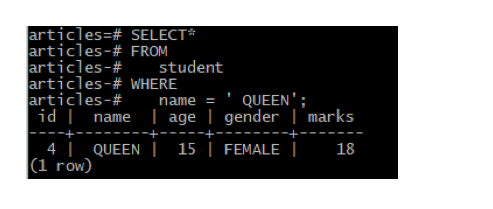

To do so, we could use the following formula: = IF( B3 "New York", "Local office", "Headquarters") A SnackWorld manager wants to add a column to the spreadsheet that dynamically outputs whether a given office is the company headquarters or a local office. The company's headquarters is in New York, and all of the other offices are local. The spreadsheet above shows a list of SnackWorld's office locations around the country. If you haven't used IF statements yet, check out our IF statement tutorial first. The following example uses the IF function. Hint: For the last example above, you'll have to read up on how the RIGHT function works if you don't already know it! Output: FALSE = RIGHT( "Boston, MA", 2) "MA" Can you tell why the following formulas output the given results? = "Boston" "San Francisco"


Of course, "" doesn't have to be used on numbers. This formula outputs FALSE, because 45 is equal to 45. Let's take a look at another simple example using integers: = 45 45 The above formula outputs TRUE, because 6 does not equal 8. Let's take a look at the "does not equal" operator in action to see how we can use it in a simple formula: = 6 8 This is the exact opposite functionality of the equals sign (=), which will output TRUE if the values on either side of it are equal and FALSE if they are not. If they are not equal, it will output TRUE, and if they are equal, it will output FALSE. Whenever Excel sees this symbol in your formulas, it will assess whether the two statements on opposite sides of these brackets are equal to one another. OUTPUT TO "/Output/ReferenceGuide/Operators/Comparison/Inequalit圓.txt" USING Outputters.Excel's "does not equal" operator is simple: a pair of brackets pointing away from each other, like so: " ". Returns all records where Salary is not 8000 or null (non ANSI = SELECT * FROM WHERE Salary != 8000 OUTPUT TO "/Output/ReferenceGuide/Operators/Comparison/Inequality2.txt" USING Outputters.Tsv() Returns all records where Salary does not contain a null = SELECT * FROM WHERE Salary IS NOT NULL OUTPUT TO "/Output/ReferenceGuide/Operators/Comparison/Inequality1.txt" USING Outputters.Tsv() Returns all records where Salary does not contain a null value (non ANSI = SELECT * FROM WHERE Salary != null ) AS T(EmpID, EmpName, DeptID, Salary, StartDate, PhoneNumbers) An Azure subscription and Azure Data Lake Analytics account is not needed when executed = The examples can be executed in Visual Studio with the Azure Data Lake Tools plug-in.

If the expressions are not of the same data type, the data type for one expression must be implicitly convertible to the data type of the other. U-SQL uses C# null semantics which is 2-valued and not 3-valued as in ANSI SQL.


 0 kommentar(er)
0 kommentar(er)
